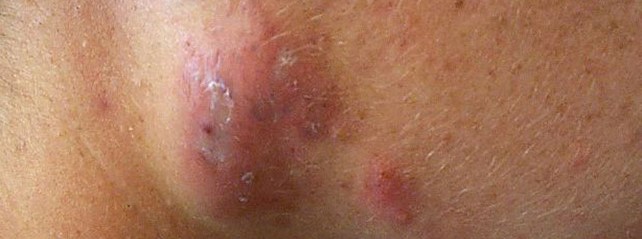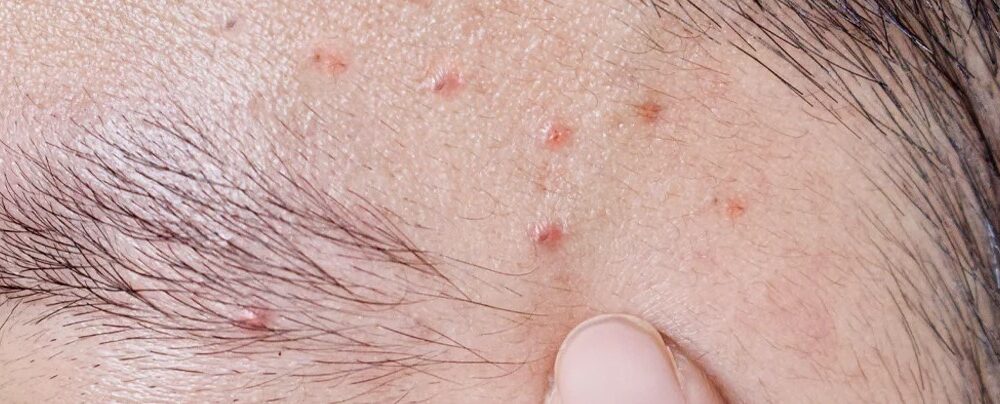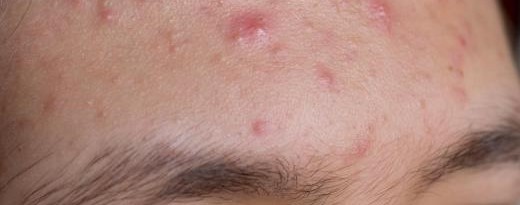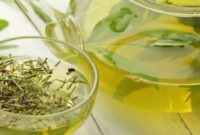Common skin ailment acne can manifest itself in a variety of ways. The many forms of acne include:
Whiteheads

Small, white pimples called “whiteheads” appear when a pore becomes blocked with oil and dead skin cells. They are white in color because they are closed at the top and appear on the skin’s surface.
Blackheads

Unlike whiteheads, which are closed at the top, blackheads are open. As a result, the oil and dead skin cells might oxidize and turn black. Usually, blackheads may be seen on the forehead, chin, and nose.
Papules

When a pore gets inflamed, little, red, painful lumps called papules develop. They often lack a noticeable head and are smaller than pimples.
Pustules

Papules and pustules are similar, but the latter have a clear head that is filled with pus. They often have a white or yellow core and a crimson base.
Nodules

Large, painful nodules are hard, painful pimples that develop deep inside the skin. They can be extremely huge and are often red or skin-colored. Papules or pustules, two types of acne, are frequently seen along with nodules.
Cysts

The most severe type of acne is cysts. They are big, excruciatingly painful, and pus-filled. They may take weeks or even months to heal, and they may leave behind significant scarring and inflammation.
Conglobate acne

Although it can affect other parts of the body, this severe form of acne primarily affects the back and chest. Large, inflammatory nodules and cysts that frequently result in significant scarring are its defining features.
Mechanic acne

This type of acne is brought on by pressure or friction on the skin. Athletes or persons who wear tight clothes or headgear are more likely to have it. Small, red pimples that might be painful to the touch are its defining feature.
Cosmetic acne

Certain cosmetics and hair products that have the potential to block pores are what lead to this type of acne. Small, red lumps that often appear on the face, neck, and chest are its defining features.
Acne caused by drugs

Certain drugs, including corticosteroids, lithium, and androgens, can result in this kind of acne. Small, red lumps that can be seen everywhere on the body are its defining feature.
It’s important to note that some people may be dealing with many different forms of acne at once. Additionally, acne does not just impact the face; it may affect people of all ages. On the back, chest, shoulders, and even the buttocks, acne can develop. In conclusion, there are several varieties of acne, each with a specific set of traits. Whiteheads, blackheads, papules, pustules, and nodules are the most prevalent varieties. Cysts, acne conglobata, acne mechanica, acne cosmetica, and drug-induced acne are further types of acne. Knowing the many forms of acne will help you recognize the particular type you have and choose the most effective course of action. The best course of action if you have acne is to see a dermatologist who can help you determine the type of acne you have and develop a treatment regimen tailored to your requirements.




